If you have celiac disease, you need to avoid foods that contain gluten
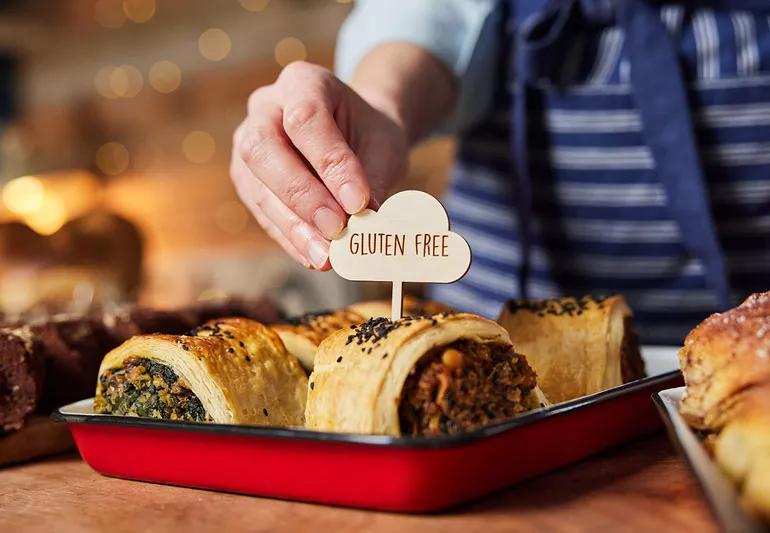
You may have come across gluten-free recipes and even seen gluten-free items on menus at restaurants. But should you start following a gluten-free diet?
Cleveland Clinic is a non-profit academic medical center. Advertising on our site helps support our mission. We do not endorse non-Cleveland Clinic products or services. Policy
While it may be a dietary choice for some people, those who have celiac disease need to follow a gluten-free diet for their entire life.
So, what does a gluten-free diet plan require? Registered dietitian Anna Taylor, MS, RDN, LD, CDCES, explains what a gluten-free diet is, what to avoid and what you can eat.
If you follow a gluten-free diet, you need to exclude foods that contain gluten, a protein found in wheat, rye and barley. Gluten is typically found in flour and certain pastas and grains.
Your meals should focus on eating whole foods that don’t have gluten. Think fruits, vegetables, meat, fish, poultry, eggs, beans, nuts, seeds, oils, dairy and gluten-free grains like quinoa, rice and corn.
“Instead of thinking about all the foods that do contain gluten, start with making a list of all the foods you already love that naturally don’t have gluten,” suggests Taylor. “Then, make a list of the gluten-containing foods you think you’ll miss. Specialty gluten-free products typically exist to fill these gaps.”
If you’ve been diagnosed with celiac disease, your healthcare provider likely informed you that you’ll need to follow a strict and lifelong gluten-free diet. This means avoiding all foods that contain or have come in contact with wheat, barley or rye ingredients.
You should be very careful to avoid gluten because, when you have celiac disease, ingesting even small amounts can trigger an autoimmune response in your body that can damage your intestinal lining. The damage can lead to a variety of symptoms that can affect your overall health, so it’s important that you understand how to follow a gluten-free diet.
Some people may have a gluten sensitivity or intolerance, while others may be allergic to wheat and need to avoid foods that have wheat.
For still for others, avoiding gluten can be a lifestyle choice. There are claims that eating gluten-free can aid in weight loss and increase energy, but more research is needed to fully understand the role gluten plays in our bodies if you don’t have celiac disease.
Eating gluten-free may also lead to nutritional deficiencies in certain minerals and vitamins like fiber, iron and calcium for those who don’t have a medical condition that requires them to avoid gluten. Many gluten-free products are higher in calories, lower in fiber or higher in fat or sugar to compensate for the lack of gluten, which helps make grain products tender.
“A gluten-free diet will definitely take some adjusting to, but it isn’t a sentence to a life without bread, pasta or other foods you love,” explains Taylor. “Thanks to the many gluten-free products and recipes readily available today, it’s possible to follow a gluten-free diet and still enjoy many of your favorite foods. It just requires some extra effort and care.”
The tenets of a gluten-free diet require you to avoid foods and ingredients that contain gluten. Taylor outlines a gluten-free diet list of what you can and can’t eat.
When you’re following a gluten-free diet, you’ll need to avoid these gluten-containing ingredients:
When it comes to gluten, not all foods are so straightforward. Some ingredients and foods may or may not contain gluten, depending on how they’ve been made. It’s best to avoid these products unless you can verify that they don’t contain gluten or aren’t derived from gluten-containing grains:
And while many products advertise their gluten-free status on their packaging, you won’t see products that aren’t gluten-free with labels that say, “Full of gluten!” You’ll have to get good at checking food labels carefully and scrutinizing every ingredient.
Be especially careful with products that might contain unexpected gluten like:
So, what can you eat on a gluten-free diet? First, know that all fruits, vegetables, legumes, nut and seeds, oils, meat, seafood, eggs, poultry and dairy products are free of gluten in their natural forms.
But if these foods have been processed — and have had additives, flavors or other ingredients added to them — they may not be safe to eat.
When it comes to other gluten-free diet foods, there are plenty of gluten-free grains. Grains and starches that are green-lighted on a gluten-free diet include:
“Oats are naturally gluten-free and are also a great source of vitamins, minerals and fiber that might otherwise be lacking in a gluten-free diet,” notes Taylor. “However, they’re often grown, processed or stored near wheat or products that contain wheat. If you do purchase oats, look for a certified gluten-free label.”
Need a gluten-free diet plan for beginners? Taylor says doing the following can help you find your footing:
“Start with replacing all the obvious gluten-containing grain products with naturally gluten-free grains. Then, start working on reading ingredients lists on condiments, experimenting with different gluten-free recipes and buying a couple specialty gluten-free products to see if you can find a bread, wrap, pasta and cracker you like,” advises Taylor.
“Finally, think about where cross-contamination could be coming into play. Take it all in steps — you’re not going to overhaul your entire eating pattern overnight. It’s going to take a few weeks to get all that gluten out of your diet.”
Most national and regional grocery chains stock gluten-free packaged and convenience foods. Sometimes, they’re located in a special aisle or section, but often they’re on the shelf alongside other foods. If you have access to health food stores, these typically have a good variety of gluten-free items.
Any packaged product marketed as “gluten-free,” “without gluten,” “free of gluten” or “no gluten” must contain less than 20 parts per million of gluten — the lowest detectable level in foods — according to the U.S. Food and Drug Administration (FDA)’s safety standards.
But it’s a good idea to get in the habit of checking every product’s ingredient list, regardless of the claims made on its packaging. (Beware of products marketed as “wheat-free” — that’s not the same as gluten-free.) And don’t be afraid to ask store managers or staff if a particular item is gluten-free.
An important caveat when grocery shopping: Gluten-free doesn’t equal healthy.
Processed gluten-free foods like breads and sweets can still be high in fat, sugar and sodium, and low in fiber.
Follow these tips to make the healthiest choices at the grocery store:
The best way to avoid gluten when you’re eating out is to prepare ahead of time. Start by calling the restaurant you plan to visit to see if they’re able to safely prepare your food without gluten and without risk of cross-contamination.
Then, check out the menu online and make a mental note of dishes that sound good to you.
If you’re gluten-free because of celiac disease, when you get to the restaurant, tell your server that you can’t be exposed to gluten. It’s important to be firm.
You might say: “I have celiac disease, so I can’t eat foods that contain or that have come in contact with wheat, barley, rye or oats (unless oats are certified gluten-free) or else I’ll get very sick.”
They may offer you a gluten-free menu or suggest items that can be prepared gluten-free. Don’t be afraid to ask questions. Even a little bit of gluten contamination could make you sick, so it’s best to be safe rather than sorry.
Here are some things to note when you’re selecting items from the menu:
Avoid dishes that have these words in their name or description, which suggest they contain wheat:
Still feeling overwhelmed? Know that you’re not alone. If you’re having trouble navigating a gluten-free diet, seek out a dietitian in your area who can help you identify healthy gluten-free foods, develop meal plans and make sure all your nutritional needs are being met.
“For celiac disease, the food is the medicine,” says Taylor. “Currently, the only treatment for celiac disease is a gluten-free diet — but when done right, it’s an incredibly effective treatment. Changing your eating pattern can be a lot of work, but take it one day at a time — one food at a time — and you’ll be feeling better within a few weeks.”
Learn more about our editorial process.
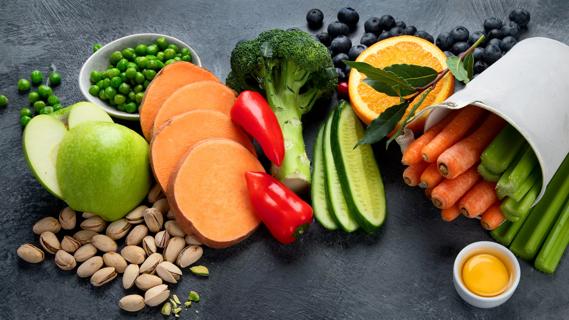
This powerful carotenoid can help with your eye and skin health, LDL reduction and cognitive function
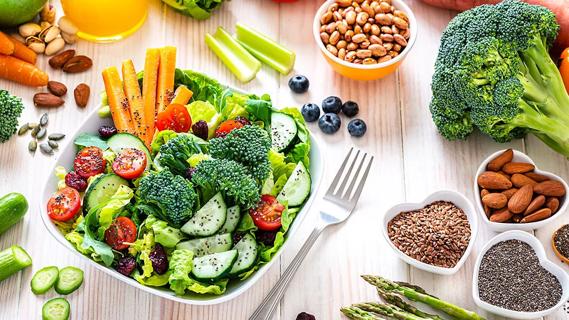
These typically colorful plant-based substances provide various health benefits that help protect you from disease

When it comes to getting proper nutrition, your assigned sex can play a role — but there’s more to it than that
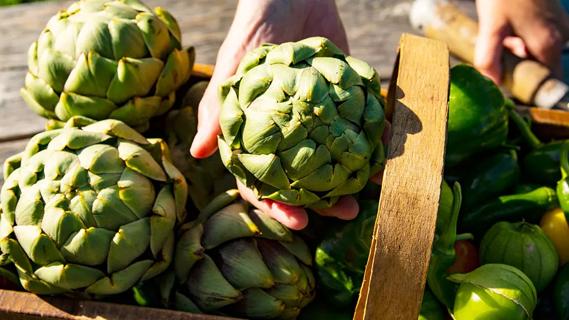
This unique-looking veggie is fiber-dense and antioxidant-rich, and can improve the health of your gut, liver and heart

Two types of ginseng work in different ways to help improve energy, immunity and heart health

This herb offers different potential benefits from the basil you find in pesto
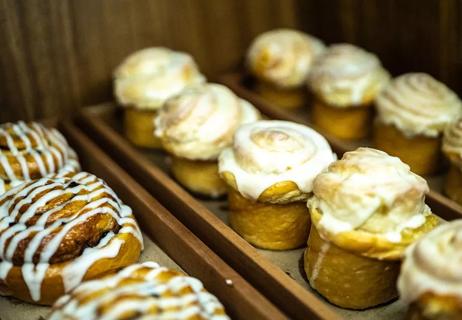
Be sure to check the labels of common foods like canned tuna, bread, hot dogs and chocolate
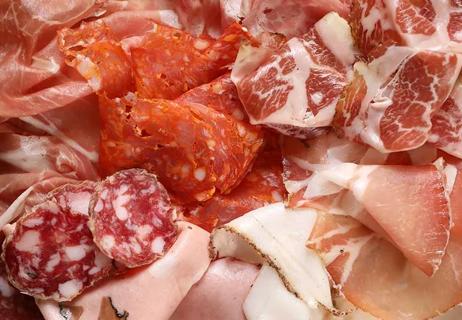
These naturally occurring chemicals may cause health issues when added to some foods

Your metabolism may torch 1,300 to 2,000 calories daily with no activity

A gentle touch in all the right places may help drain your sinuses